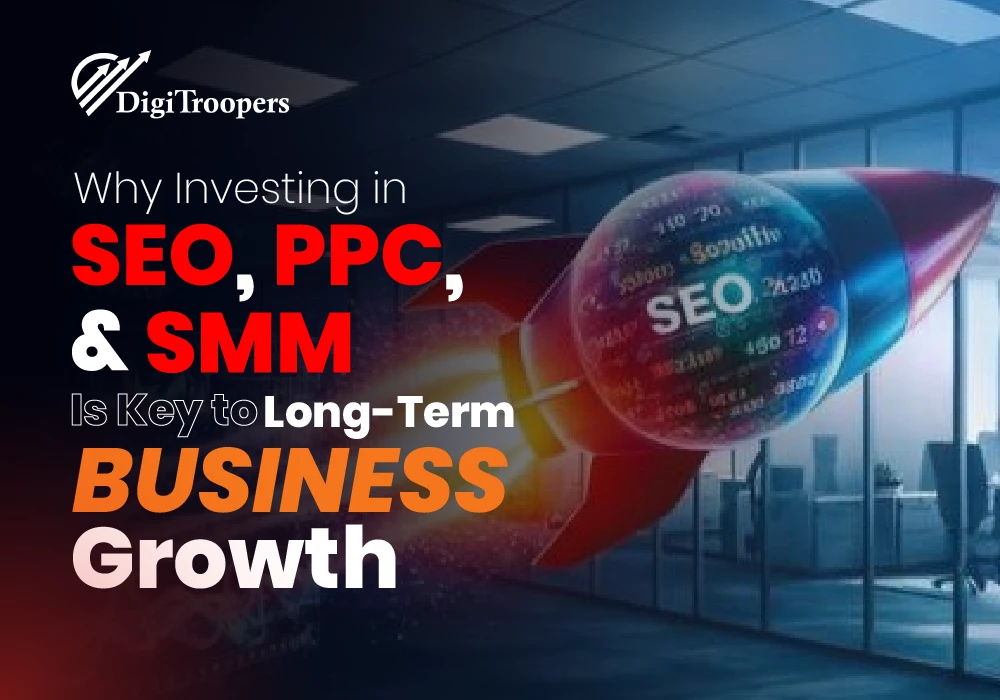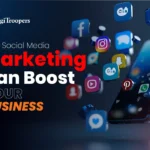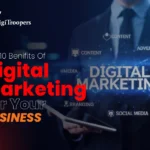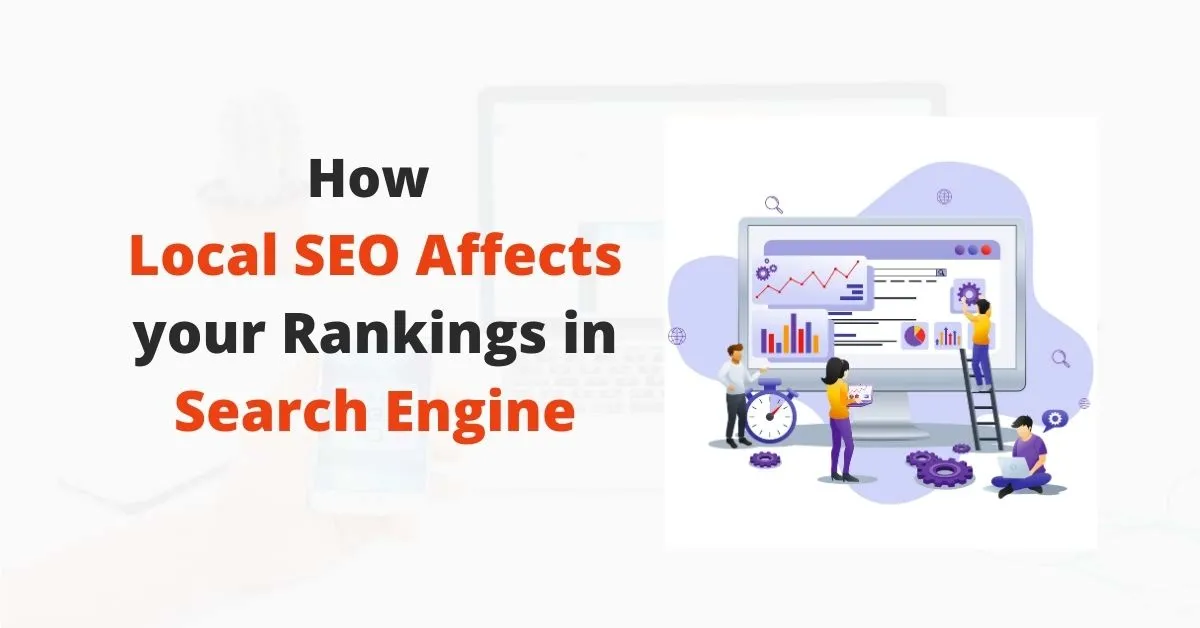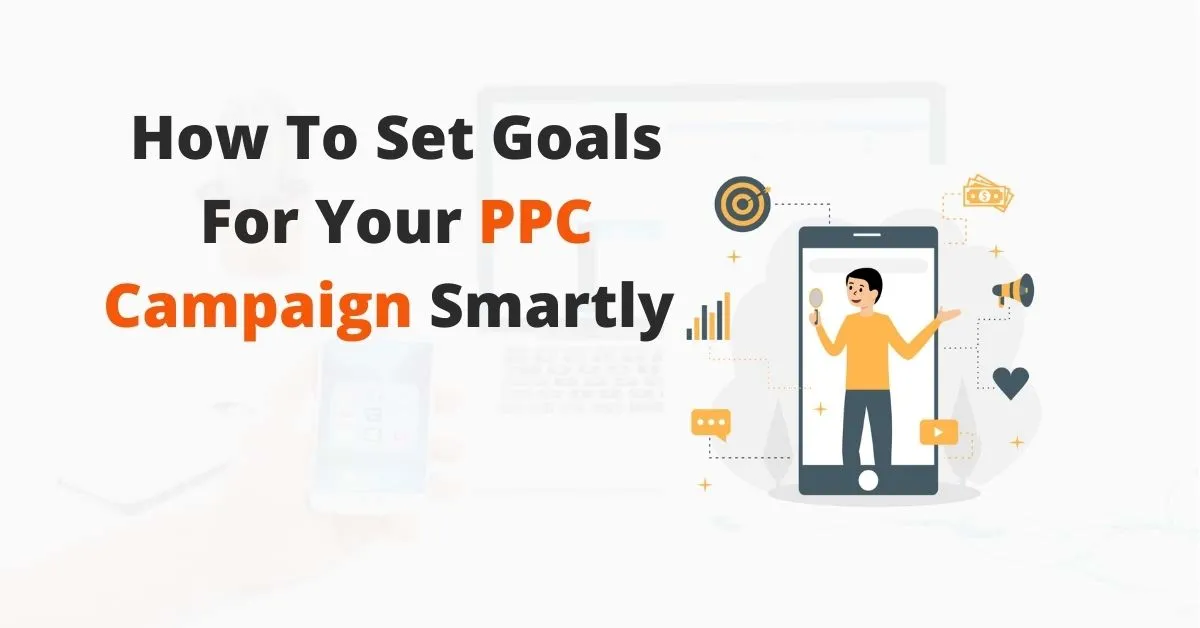In the fast-paced digital world, having just a product or service isn’t enough for a successful business; it needs an impactful online presence as well. With the competition increasing, you must use online strategies that keep your business alive and long-term. SEO, PPC, and SMM are three of the most powerful tools for this. So why exactly should you invest in these types of digital marketing? The answer lies in the prospects of long-term growth, better brand development, and high customer acquisition.
What Are SEO, PPC, and SMM?
Before we get into the importance of each of these three, let’s define each one:
Search Engine Optimization (SEO): SEO is the process of optimizing your website to rank higher in the search engines’ results pages (SERPs). This can boost the website traffic and visibility like never before, driving more prospective customers to your website.
PPC (Pay-Per-Click Advertising): Pay for each click when people interact with your ad. You can use Google Ads and Facebook to bid on keywords that will put your ads in front of potential customers, creating the opportunity for you to obtain new clients quickly.
SMM (Social Media Marketing): Social media marketing involves the use of social media platforms, such as Facebook, Instagram, Twitter, and LinkedIn, to reach and interact with existing and potential customers. By planning campaigns, you can achieve brand loyalty, awareness, and a stronger bond with your audience.
SEO Benefits: The Foundation for Long-Term Success
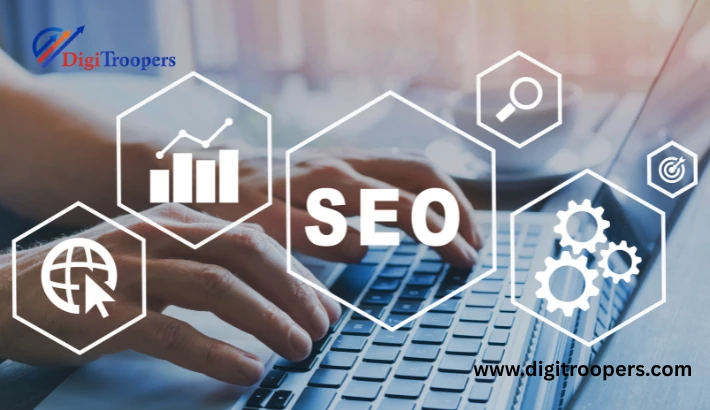
An authentic online identity relies heavily on SEO advantages. SEO translates to long-term growth for your site when processed correctly, gradually making your website gain visibility. SEO, unlike other kinds of advertising that require constant payments, works cumulatively. When your content ranks on search engines, it can bring website traffic continuously with very little maintenance.
The most beneficial aspect of SEO is organic traffic. This is free traffic of users who are actively searching for the products or services that you provide. Unlike PPC advertising, which ceases when you stop paying, SEO creates leads long past your initial investment.
A perfect example of SEO’s long-term impact is Amazon. Although the e-commerce giant invests heavily in PPC advertising, its main growth has come from organic placement in search engines. Amazon brings in millions of organic visitors with a perfectly executed SEO strategy, which earns it high ranks on relevant search queries.
PPC Advertising: Immediate Results with Cost-Effective Advertising
SEO requires relatively more time to generate some momentum, whereas PPC advertising allows you to obtain almost immediate results. With paid campaigns, you can feature at the top of search results or social media feeds, directly targeting those who are actively searching for your product. This is particularly useful for businesses seeking to ramp up customer acquisition rapidly.
But that is where the power of PPC comes in, not only with that instant visibility, but also how it can be incredibly ROI-driven. Also, by focusing on particularly relevant keywords and demographic groups, businesses can get the most out of advertising spend and get highly qualified leads. Such low-cost advertising is essential to some companies to afford a competitive edge without breaking the bank.
Take Airbnb, for instance. Their PPC ads target travelers looking to book accommodation in the given cities. They direct traffic to their listings via highly targeted ads, and potential customers are only a few clicks away from making a reservation. Airbnb, using this method, has allowed it to become one of the most prominent players in the vacation rental industry worldwide.
SMM: Building Brand Loyalty and Engaging with Customers
Then comes the second step of social media marketing, which is to create a lasting relationship with the audience. Customers no longer only seek sellers; they look for active, engaging, and responsive brands in the modern era. Through tactics like Instagram marketing, Facebook advertising, and LinkedIn campaigns, SMM strategies are allowing organizations to build a more personal relationship with their customer base.
Customer engagement is one of the most powerful aspects of social media. When you engage regularly, you are proving your business cares for its customers, which increases brand loyalty. Overall, engaged customers have a higher tendency to repurchase, refer others, and advocate for your brand, all of which translates to long-term growth.
Nike has mastered SMM by building a community around its brand. More active are interactions with the audience, aiming for more sales through Instagram posts, Twitter conversations, and even YouTube campaigns. This tight-knit community of half-marathon, full-marathon, and trail runners has allowed the brand to establish brand development that is not simply rooted in a performance shoe or training apparel.
Why You Need All Three: The Plus Side of Integrated Marketing
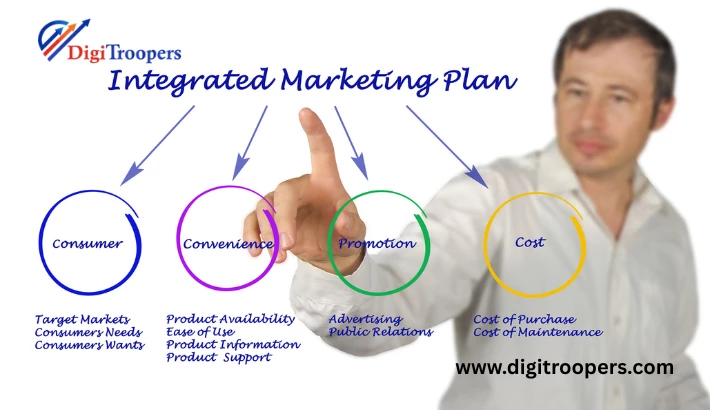
The great part about combining SEO, PPC, and SMM is that these three strategies act like complementary forces for each other. Combined, they form an integrated marketing strategy that leaves no stone unturned in your digital marketing toolkit. Here’s how:
- SEO helps to get organic traffic, while PPC allows you to reach your target audience almost instantly.
- You have SMM to interact with customers and CRP to build loyalty, but get SEO so that they find you online when they search.
- A well-rounded approach makes sure your business is visible across a variety of platforms, which improves conversion rates and makes it simpler for prospective clients to locate you.
In instances like running PPC advertising and social media ads at the same time, you can achieve immediate visibility along with continuous brand reminding. Using both paid and organic traffic together can also boost your search engine rankings, meaning your business will be at the forefront of both paid and unpaid results.
Best Practices to Maximize Your Investment
Now that you know the power of SEO, PPC, and SMM, here are some practices to scale up more from your digital marketing:
- Get Started with SEO: Do Page Optimization First Before You Get into PPC Advertising. The better the SEO foundations, the better the ads will perform and the better user experience you will provide to your visitors.
- Target Your Audience Effectively: If you are running PPC ads or writing a social media post, always focus on targeting the right audience. Relevant ads for a specific audience give you good conversion.
- Make Data-Driven Decisions: Data analytics is your best friend. Monitor social media analytics and website analytics to identify what’s working and modify your campaigns accordingly. Optimize for results based on your ROI-driven market.
- Focus on Investing in Content: Content matters in all three. Regardless of whether it’s blog posts for search engine optimization (SEO), advertisements for pay-per-click (PPC), or posts for social media marketing (SMM), quality content that resonates with your audience is the key to long-term engagement and growth.
- Focus on Multi-Channel Strategies: Ensure your marketing strategy touches on all three channels to expose your audience from all angles.
Summary
SEO, PPC, and SMM investments are less competitive and more effective because you want to grow your business. These are some of the methods that you can use for ROI-driven marketing, which can accelerate your brand through the generation of more website visits, enhancement of your position in search results, and building brand loyalty.
Adopting digital marketing investment as an online strategy for customer acquisition is also paving the way for a better future before landing on a platform over hard copy promotion. If you want to improve brand development, boost customer engagement, or implement pocket-friendly advertising campaigns, these tools will help you achieve your goals like a cute app.
Lastly, if you’d like to see your business grow in today’s world, then start investing in SEO, PPC, and SMM today. That unlocks endless possibilities with the right strategy!

